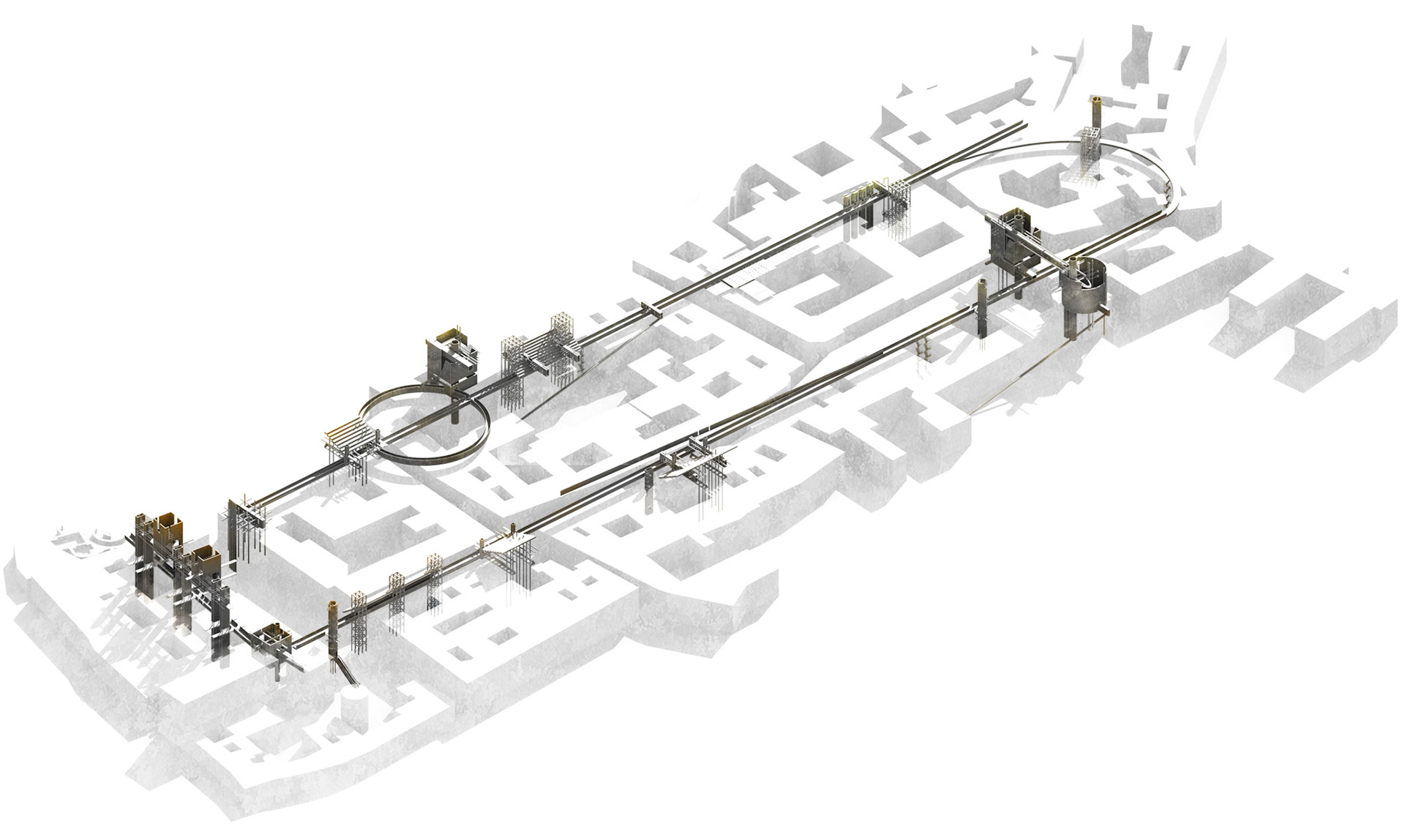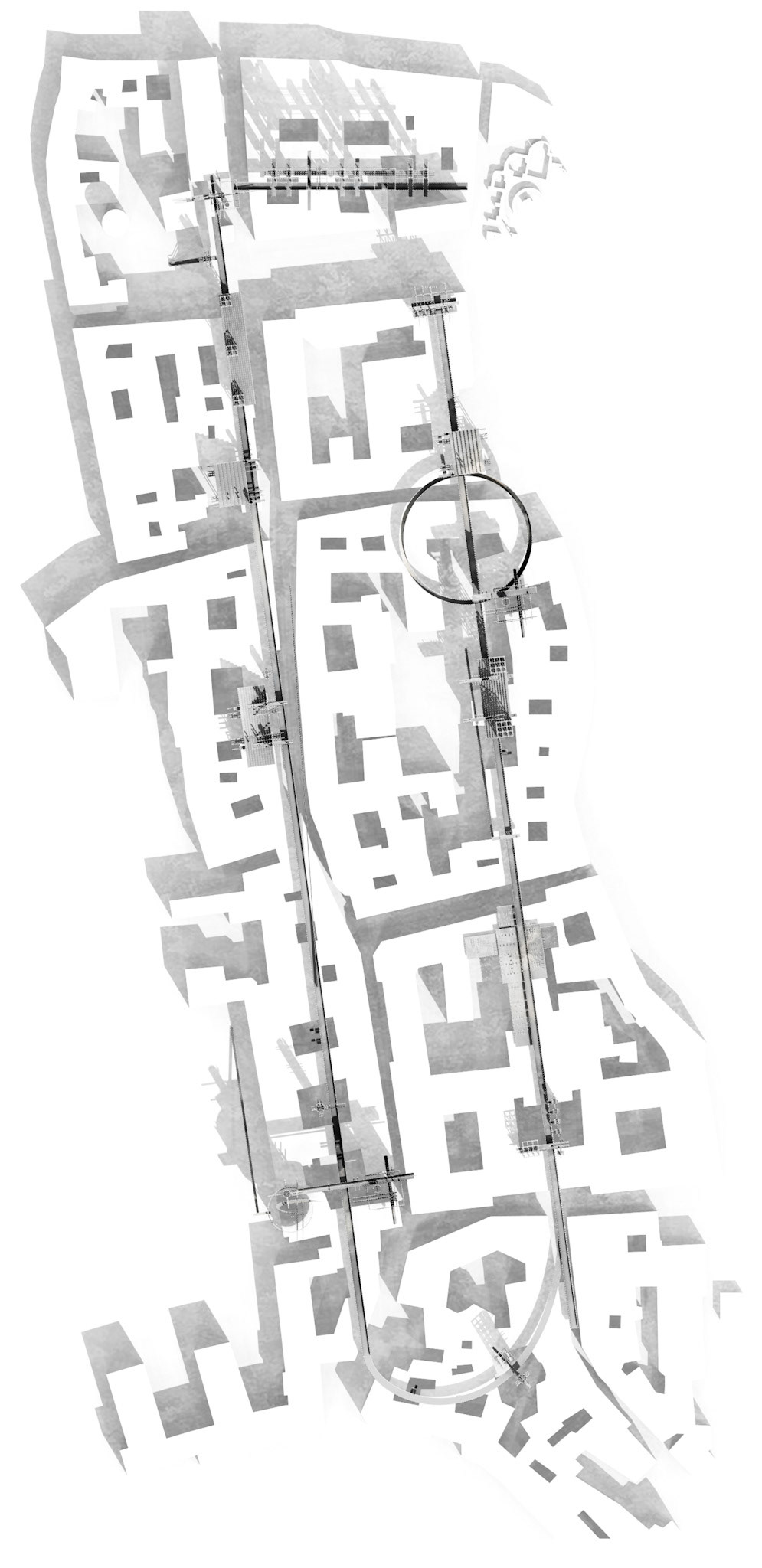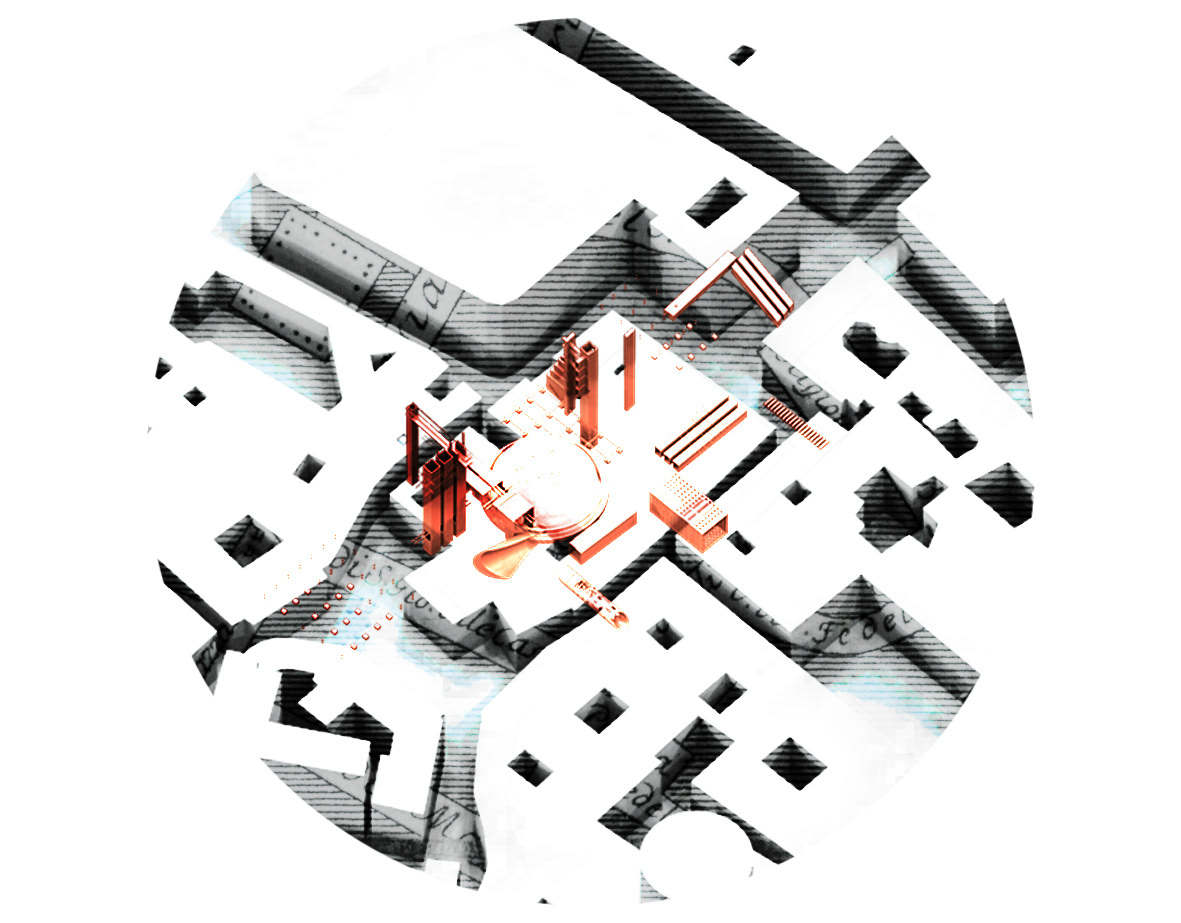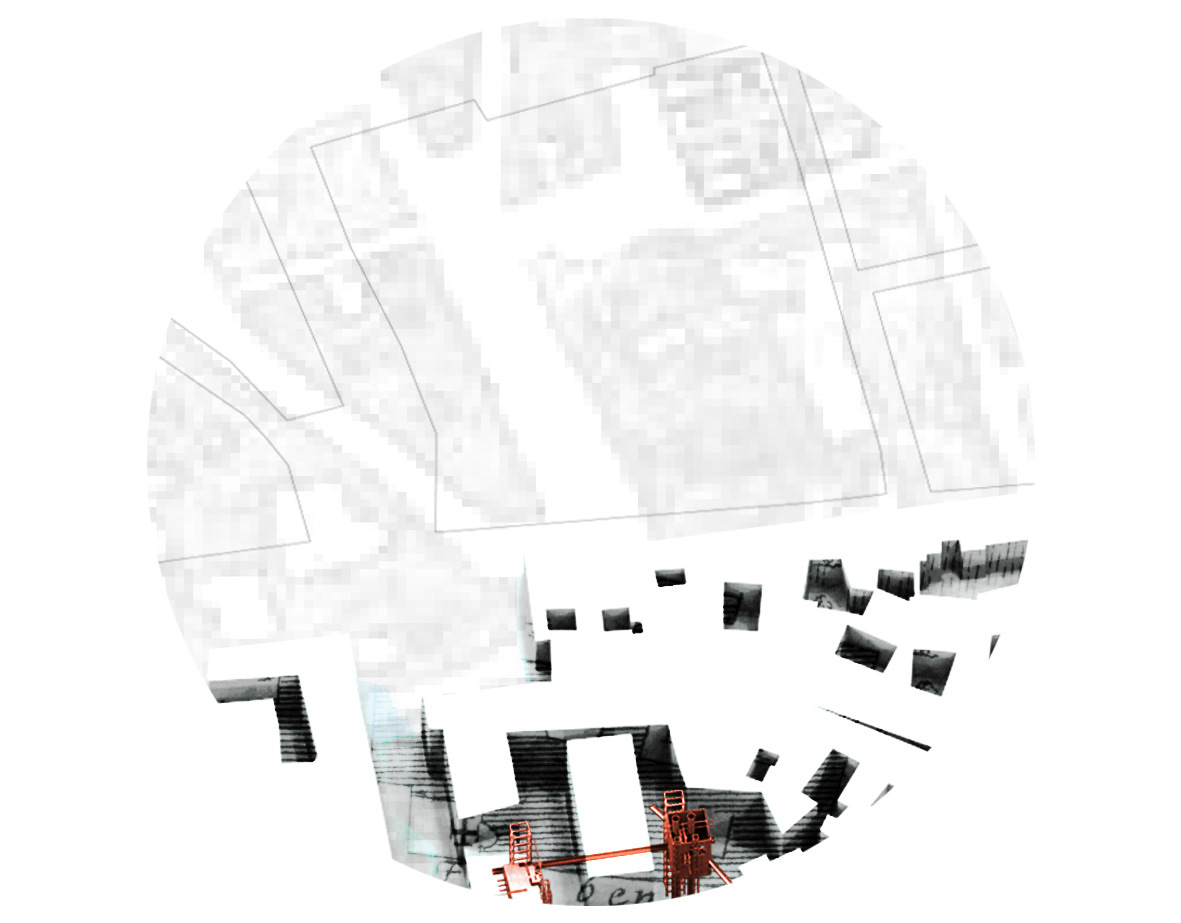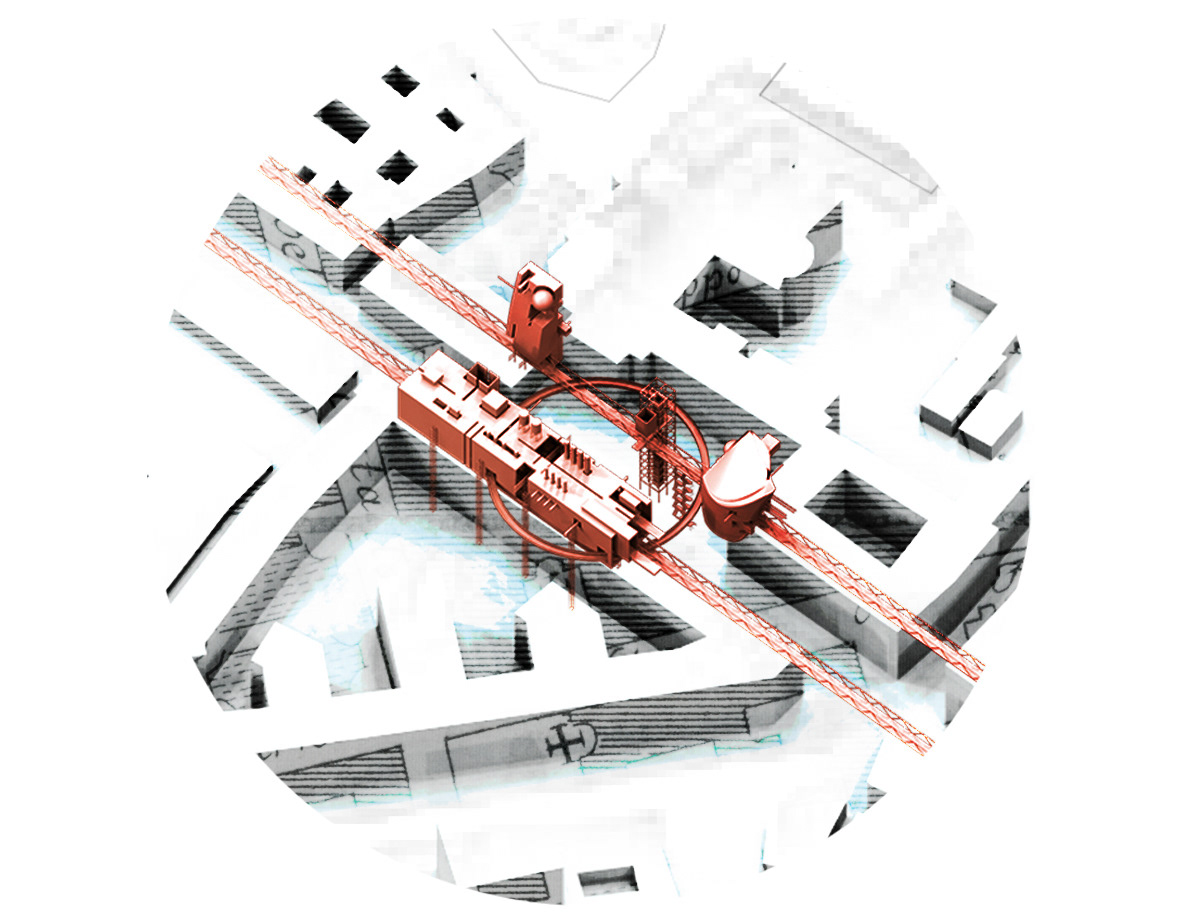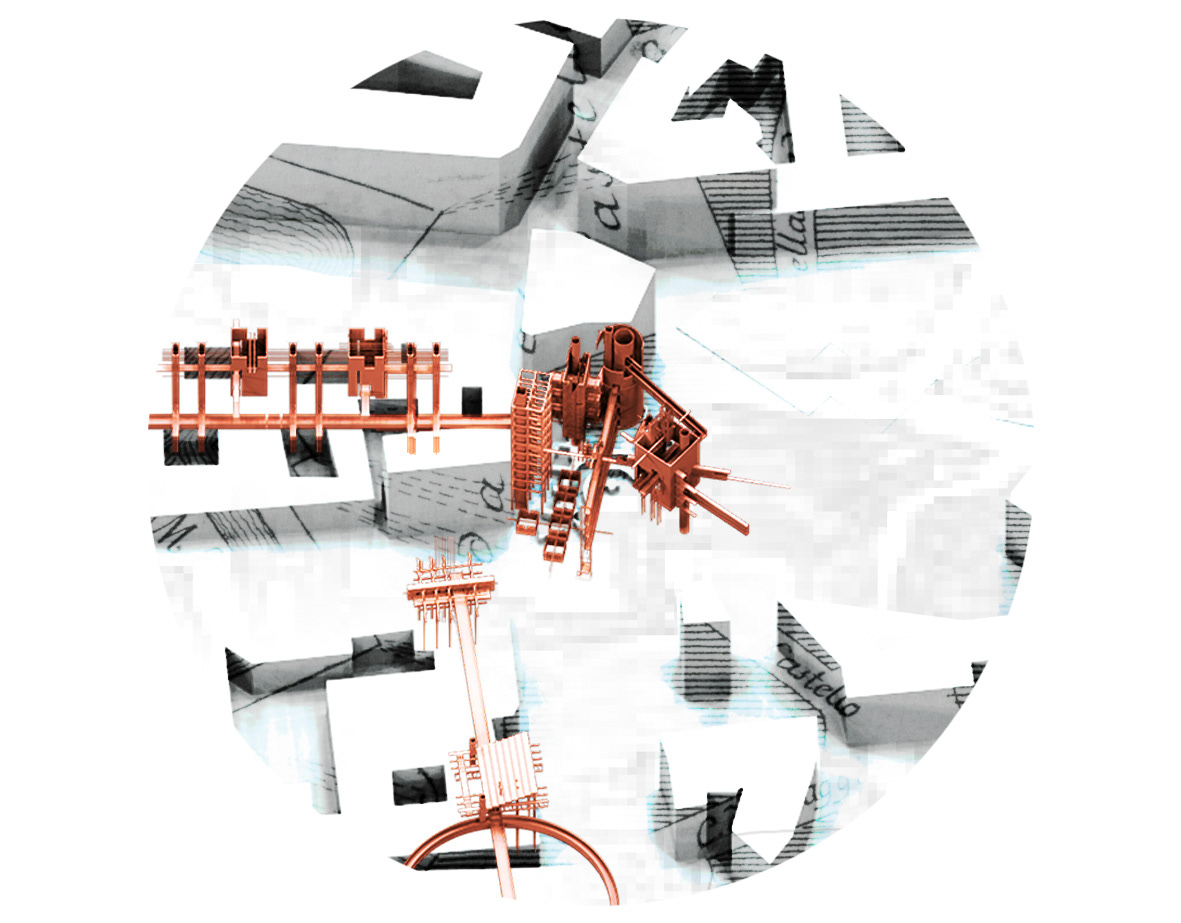Built at the wish of Maximianus Herculius at the end of the third century A.D., the Circus was situated in the western part of the city, included in the extension of the city walls and close to the Imperial residence according to the palace-circus style inaugurated in the same years by Diocletian in the East. The Circus was, in fact, the site where the Emperor appeared solemnly to his subjects, and victory in chariot races became symbolic of Imperial victories. Milan’s Circus was the site for the chariot races greatly loved by the population up until the sixth century A.D.; in 604 A.D., the king of the Longobards, Adaloaldo, made his proclamation here, but in successive centuries, it was gradually denuded and demolished up until its complete destruction, probably in 1162 by Fredrick RedBeard or even by the Milanese, to prevent it from being used against the city as a stronghold. Before its re-discovery in 1939, even its location had been lost to memory and it is recalled only in names such as Via Circo and the Churches of Santa Maria ad Circulum and Santa Maddalena ad Circulum which were built on the curved side of the ancient building and demolished in 1789.


